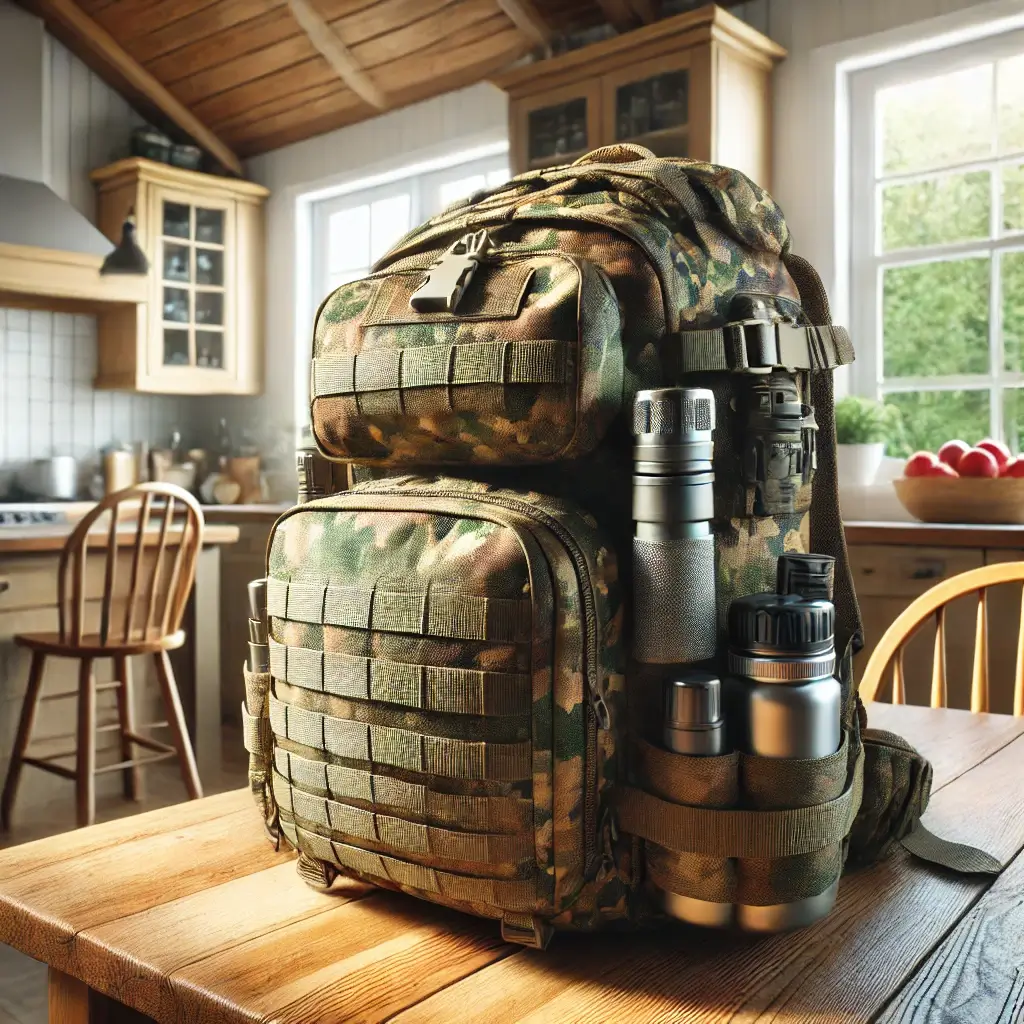Essential Guide to Survival Kits – Part 2
Why Have a Survival Kit?

A. Unexpected Emergencies and Disasters
In a world where the unexpected is the only constant, survival kits stand as pivotal tools for navigating through uncertainties. Unexpected emergencies and disasters, ranging from natural calamities like earthquakes and hurricanes to human-induced incidents like power outages and civil unrest, underscore the imperativeness of being prepared. The integration of survival kit items tailored to various emergencies can be the beacon of hope and survival in dire situations, fostering resilience against the unforeseen adversities that life may present.
Importance of Being Prepared
1. Peace of Mind
Having a survival kit is not merely a practical necessity; it is also a psychological asset. Knowing that you possess the tools and resources to face emergencies brings an invaluable peace of mind. This mental tranquility stems from the assurance that, regardless of the nature of the crisis, you have a plan and the means to execute it. The assemblage of survival kit ideas into a tangible, ready-to-use kit reduces anxiety and bolsters confidence, enabling individuals to face challenges with a composed and focused mindset.
2. Increased Chance of Survival
Preparation is synonymous with enhanced survival prospects. The curated collection of survival kit items is designed to address basic human needs – water, food, shelter, and first aid, thereby significantly increasing the chances of survival in emergency scenarios. A well-equipped survival kit can make the difference between life and death, providing essential support until help arrives. In the critical initial hours of a crisis, having access to a survival kit can be a game-changer, affirming the importance of preparation in survival strategy.
C. The Relevance of Personalization
1. Different Scenarios Require Different Kits
Personalization is a cornerstone in the assembly of survival kits. Recognizing that different scenarios necessitate different responses and tools is essential. Whether you are in the wilderness, on the road, or in the comfort of your home, the requirements for survival vary. Thus, cultivating a variety of survival kit ideas that cater to diverse situations is imperative. For instance, an urban survival kit may prioritize communication tools and device chargers, while a wilderness kit might emphasize shelter and navigation equipment.
2. Tailoring to Individual Needs
Beyond the adaptation to different scenarios, survival kits should be tailored to individual needs and preferences. Personalization enhances the utility and efficiency of the kit, ensuring that it aligns with the user’s skills, health requirements, and environmental considerations. For example, individuals with specific medical needs should incorporate relevant medications and supplies. Those in distinct geographical locations should consider climate-appropriate clothing and gear. Tailoring your survival kit to your unique needs optimizes its functionality, reinforcing its role as a vital lifeline in emergency situations.
In conclusion, having a survival kit is a manifestation of foresight and prudence. It equips individuals to face the unknown, provides peace of mind, and significantly augments the chances of survival. The emphasis on personalization, catering to different scenarios and individual needs, further enhances the kit’s relevance and effectiveness, making it an indispensable asset in navigating through life’s uncertainties.
